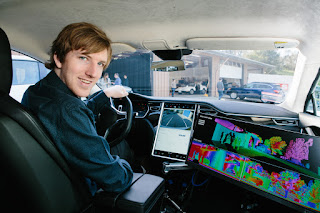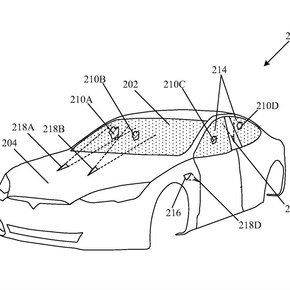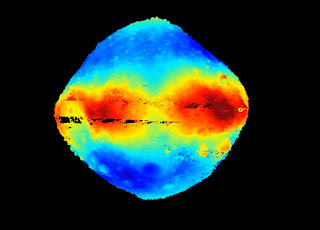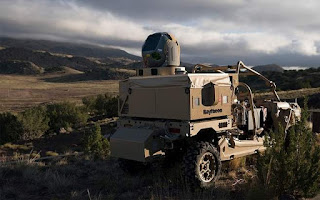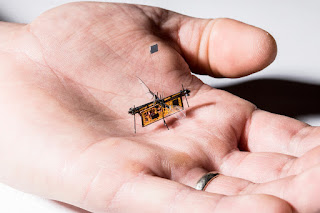Spot Robo Dog Preserves Pompei
.jpg)
Spot the RoboDog on Duty to Monitor & Protect Pompei's Ancient Ruins Source: Pompei New Tech Guarding Ancient History This is a fascinating case of highly advanced robotic, AI, drone and laser technologies being deployed to guard and protect ancient, historical ruins dating back more than 2,000 years. Famous robot dog Spot, created by US based Boston Robotics and now owned by Hyundai, is deployed by Italy's Archeological Park of Pompei to roam around the ruins to inspect and monitor the condition of the famous archeological structures. Robotic Patrols for Data Collection ...
